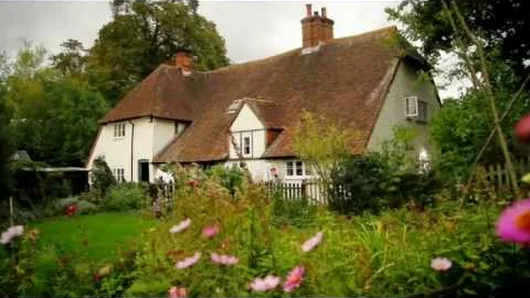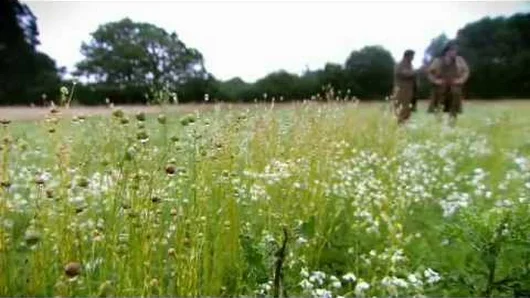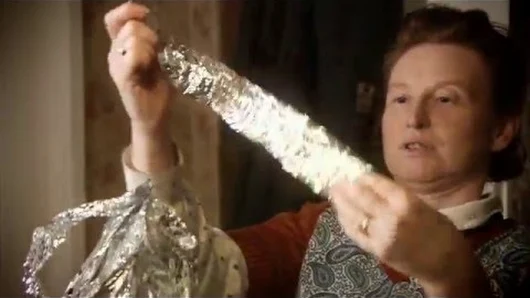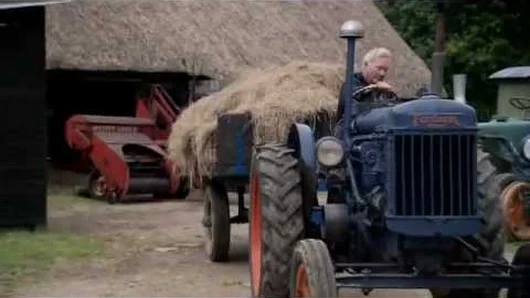The War Agricultural Executive Committees were government-backed organisations tasked with increasing agricultural production in each county of the United Kingdom, during both WW1 and WW2. They were established in Autumn 1915 by the 2nd Earl of Selborne in a collaboration between the Board of Agriculture and County Councils, with the aim of better managing the country's limited wartime agricultural resources.
They were later re-formed in Autumn 1939 with the outbreak of WW2, and given more expansive powers over farmers and landowners in the United Kingdom. After performing surveys of rural land in their county, each Committee was given the power to serve orders to farmers "requiring work to be done, or, in cases of default, to take possession of the land". Committees could decide, on a farmer's behalf, which crops should be planted in which fields, so as to best increase the production of foodstuffs in their areas.
With the help of the War Agricultural Executive Committees, or "War Ags", British farmers increased the total productive land in the UK by 1.7 million acres between 1939 and the Spring of 1940.
When the County Executive Committees under the Food Production Department were abolished in 1919 they were replaced by the agricultural committees of the county councils. The Minister of Food could nominate up to one third of the membership of these committees. They had no powers of direction, but exercised all the limited agricultural powers of the county councils. They were abolished by the Agriculture Act 1947.
During WW2, contact between the ministry and the county committees was maintained through liaison officers, prominent local figures who represented groups of counties to the ministry. These appointments ended in 1945. Under regulation 49 of the Defence (General) Regulations, 1939 the Minister of Agriculture and Fisheries was vested with powers for the purpose of materially increasing home food production in England and Wales. Certain of these powers were delegated by the Cultivation of Lands Order 1939 (SR & O 1939, no. 1078) and subsequent orders to the County War Agricultural Executive Committees which were appointed by the minister under regulation 66 of the Defence (General) Regulations, 1939. These powers were drawn in very wide and general terms which enabled the committees to take all necessary measures to ensure that the land in their area of responsibility was cultivated to the best advantage.
Under these powers the committees appointed many sub-committees, each of which was entrusted with a definite sphere of responsibility. This relieved the executive committees of the detailed work of carrying the programme into effect. Thus they were left free to consider overall policy matters while carrying out general supervision of the various sub-committees. The Cultivation of Lands Order did provide that proposals to take possession or to terminate the tenancy of any land other than by agreement required the minister's prior approval in writing.
In order that the work under the regulations and the minister's order could be carried out in the most efficient manner the counties were divided into convenient districts and district committees were established, without executive powers, to serve as the eyes and ears of the executive and sub-committees in regard to all matters of food production.
After the war, part V of the Agriculture Act 1947 provided for the establishment of County Agricultural Executive Committees for each administrative county, establishing the committees on a permanent basis, to concern themselves with the promotion of agricultural development and efficiency. As with the War Agricultural Executive Committees, the County Agricultural Executive Committees set up sub-committees to deal with different aspects of the work. District committees were also formed to give leadership in their areas on the general development of agriculture and horticulture. The act allowed the minister to delegate any of his functions relating to agriculture to the committees, and from 1947 the committees' staff became civil servants employed directly by the ministry. County Agricultural Executive Committees were abolished in 1971.
Wartime Farm ..
Wartime Farm '39 ..





